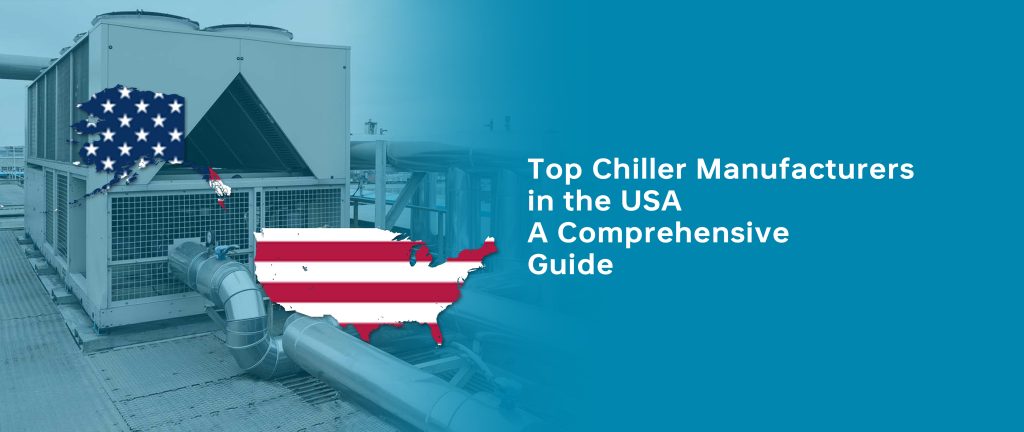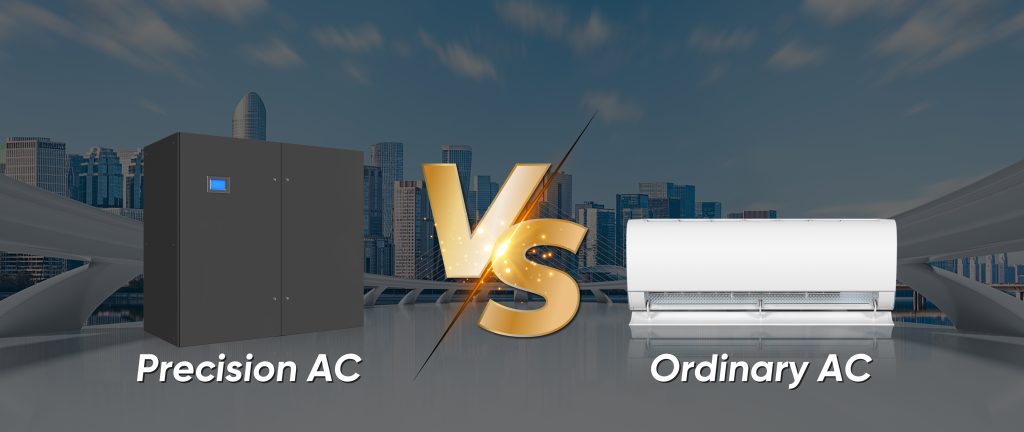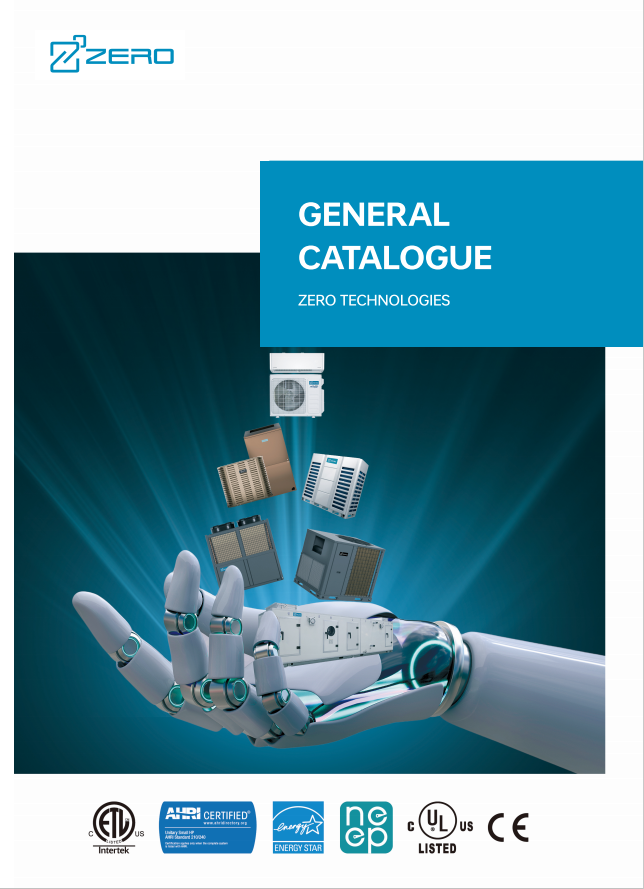There is a global commitment to reduce greenhouse gas emissions and protect the ozone layer. The refrigeration sector is undergoing a major transformation. The development and application of new refrigerants are at the center of this change. This blog will focus on the new refrigerants R-454B and A2L refrigerants, objectively analyzing their properties and application prospects from a global perspective.
2024 Key Changes
Global refrigerant policy is undergoing significant changes, especially in the U.S. These changes are driving the industry’s transition to greener, safer refrigerants. Below are the latest policy trends:
1. New regulatory standards:
New regulations require refrigerants to have a Global Warming Potential (GWP) at least 75% lower than R-410A. This strict standard has driven the rapid development and application of new low-GWP refrigerants such as R-454B.
2. Approved A2L refrigerants:
Among the approved A2L refrigerants, R32 and R-454B are the two most well-known refrigerants. These two refrigerants are noted for their superior environmental performance and safety characteristics.
3. Environmental advantages of A2L refrigerants:
A2L refrigerants are supported by the policy mainly because they have the following characteristics:
– Low Global Warming Potential (GWP)
– Shallow ozone depletion potential (ODP)
– Low toxicity
These policy changes reflect the determination of the global refrigeration industry to move towards more sustainable development. Reducing GWP helps drive innovation while developing more environmentally friendly alternatives. By promoting A2L refrigerants, policymakers hope to significantly reduce the environmental impact of the refrigeration sector while maintaining refrigeration efficiency.

Introduction of R-454B Refrigerant
R-454B is a new refrigerant blend that is a mixture of HFO and HFC. Its main components include:
– 68.9% R-32
– 31.1% of R-1234yf
R-454B is designed to replace R-410A, which is currently a widely used but high Global Warming Potential (GWP) refrigerant.
Characteristics of the R-454B
1. Low GWP:
R-454B has a GWP of approximately 466, much lower than R-410A’s 2088, which effectively reducing its impact on the climate.
2. High energy efficiency:
In most applications, the energy efficiency performance of R-454B is comparable to or better than R-410A models.
3. Easy conversion:
Existing R-410A systems can be retrofitted to use R-454B with relative ease.
4. Safety:
It belongs to the A2L safety class, slightly combustible, but overall safety is good.
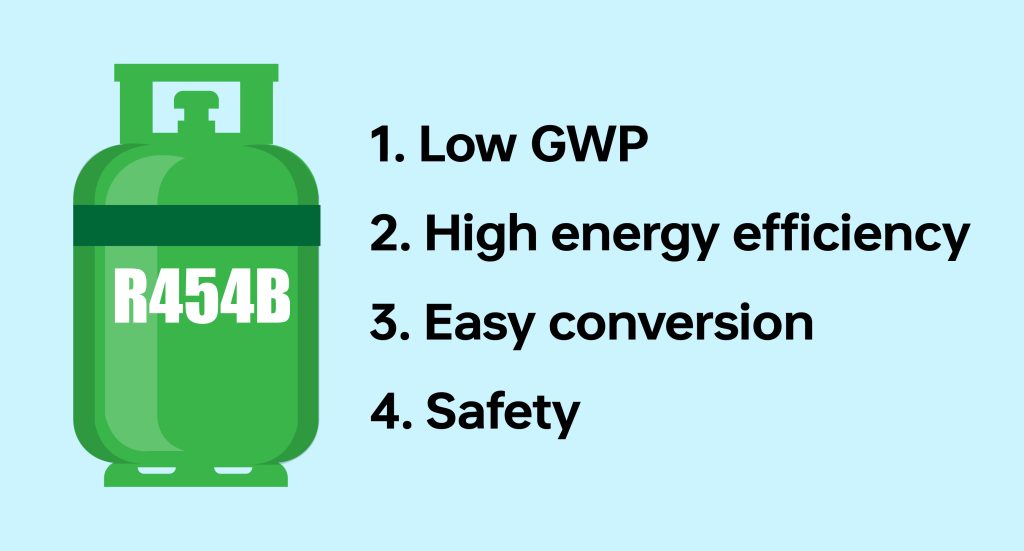
Introduction to A2L Refrigerants
A2L is an important category in the safety classification of refrigerants developed by ASHRAE (American Society of Heating, Refrigerating and Air Conditioning Engineers). A2L refrigerants have the following characteristics:
1. Low toxicity:
“A” stands for low toxicity, which is potentially less harmful to human health.
2. Slightly flammable:
“2L” stands for slightly flammable, with a low combustion rate, making it difficult to cause a fire or explosion.
3. Environmentally friendly:
Most A2L refrigerants have a low GWP value.
4. High efficiency:
Having good thermodynamic properties that contribute to system energy efficiency.
In addition to R-454B, other common A2L refrigerants include R-32, R-1234yf, and R-1234ze(E).

Global Perspective——R-454B and A2L Refrigerants
From a global perspective, the development trend of R-454B and other A2L refrigerants is as follows:
1. Regulatory push:
EU F-gas regulation, US SNAP program, and other policies are promoting the application of low GWP refrigerants.
2. Increased market acceptance:
With the improvement of safety standards and the maturity of technology, A2L refrigerants are being accepted by more and more manufacturers and end-users.
3. Increased investment in R&D:
Major chemical companies and equipment manufacturers around the world are increasing their investment in R&D of A2L refrigerants and related technologies.
4. Regional differences:
The speed of adoption of A2L refrigerants varies from region to region, with Europe and Japan at the forefront, while other regions are relatively conservative.

Challenges
Although R-454B and A2L refrigerants show great potential, their diffusion still faces some challenges:
1. Updating of safety standards:
Relevant safety standards need to be revised and improved to accommodate the characteristics of A2L refrigerants.
2. Technical training:
Refrigeration operators need new training to use the new refrigerants safely and efficiently.
3. Cost issues:
In the short term, the cost of new refrigerants and corresponding equipment may be high.
4. Market education:
Publicity and education for end-users need to be strengthened to eliminate the misunderstanding of micro-flammable refrigerants.
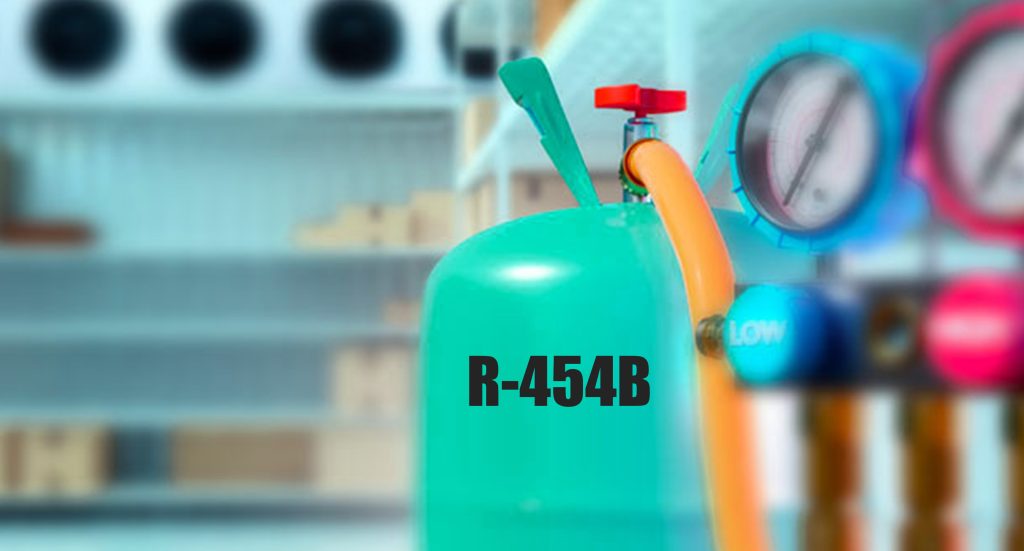
Outlook
As a new generation refrigerant, R-454B has significant advantages and is expected to be more widely used worldwide:
1. Environmentally friendly:
R-454B has a significantly lower Global Warming Potential (GWP) than conventional refrigerants, which is in line with the increasingly stringent global environmental requirements. This makes R-454B an important tool for achieving countries’ emission reduction targets.
2. Energy efficiency improvement:
R-454B exhibits comparable or higher energy efficiency than R-410A in most applications. With further optimization of the technology, R-454B has the potential to deliver even more significant energy efficiency gains, helping to reduce energy consumption and operating costs.
3. System compatibility:
R-454B can be retrofitted into existing R-410A systems with relative ease. This compatibility greatly reduces the cost and difficulty of industry transformation, which is conducive to the rapid promotion of R-454B.
4. Policy support:
With the governments of various countries have introduced policies to support low GWP refrigerants, R-454B and other A2L refrigerants will get more policy support and market opportunities.

In summary, R-454B as a new generation of refrigerants represents the future development direction of the refrigeration industry. With the continuous progress of technology and policy support, R-454B is expected to be more widely used globally, making an important contribution to the realization of sustainable development of the refrigeration industry. New regulations in 2024 will undoubtedly accelerate this process, and promote the industry to a more environmentally friendly and efficient direction.

